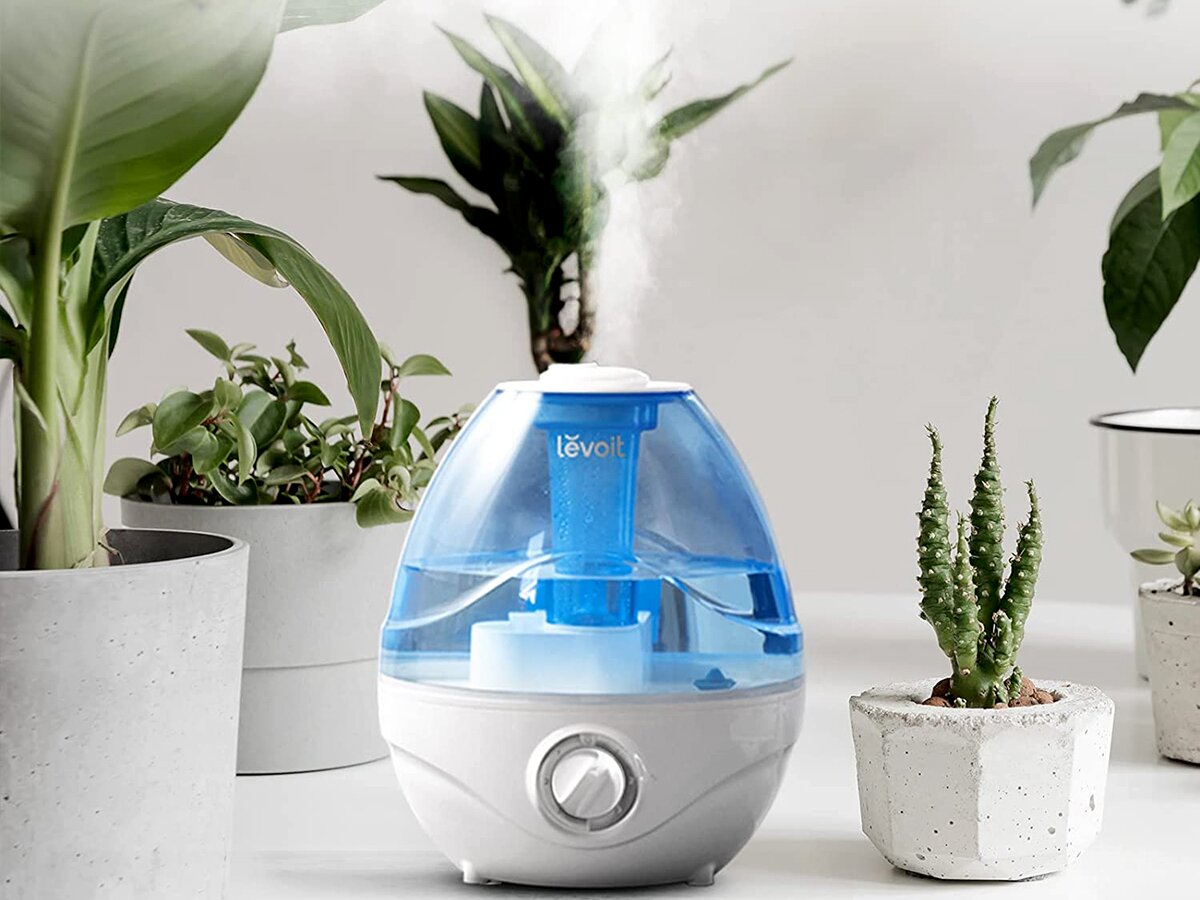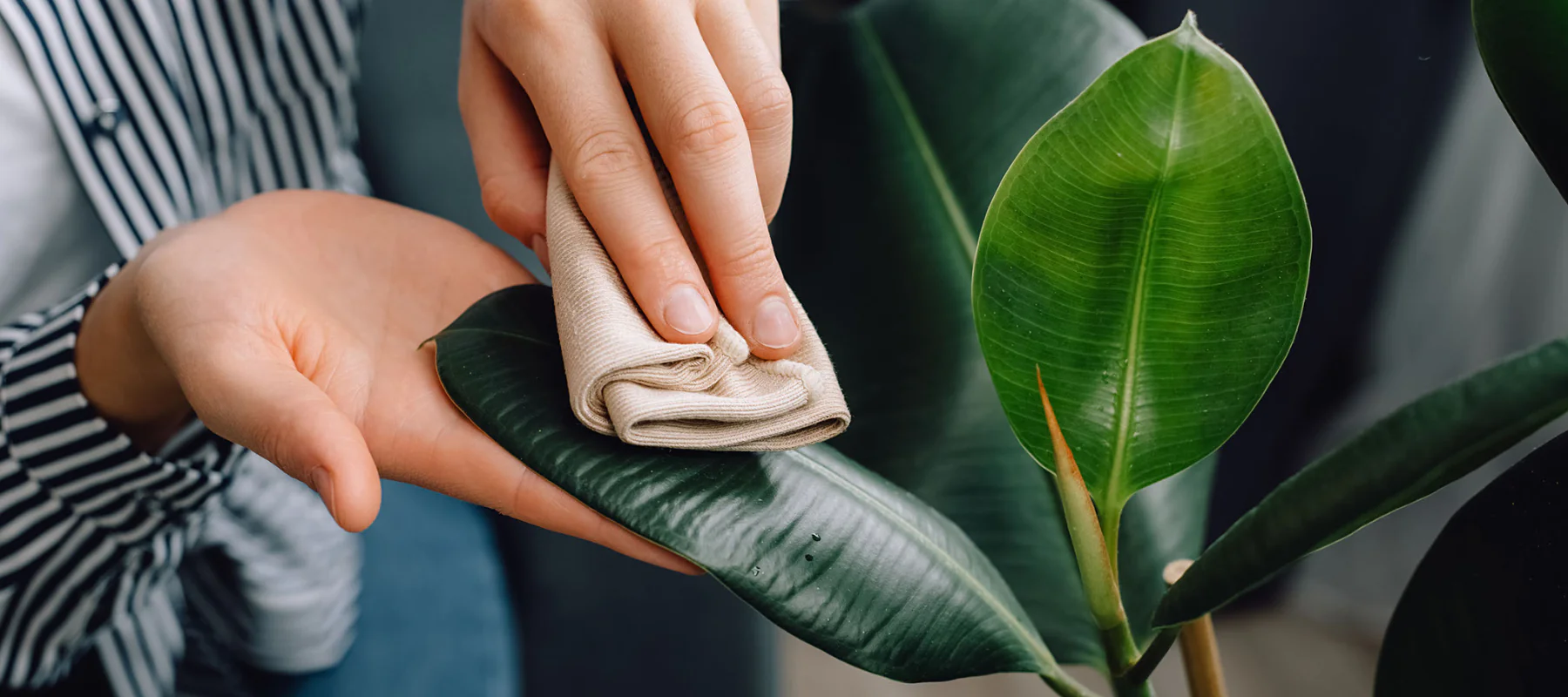
Keeping your indoor plants happy isn’t just about sunlight and water—humidity plays a huge role too! If you’ve noticed crispy leaf edges or slow growth, your home’s dry air might be the culprit. But what’s the best way to boost humidity for your green friends: a humidifier or a mister? Let’s break down the differences so you can make the best choice for your space and your plants.
How Humidity Affects Plant Health
Most popular houseplants—like ferns, calatheas, and monsteras—come from tropical regions where the air is naturally moist. When indoor air is too dry, plants can suffer from:
- Brown, crispy leaf tips
- Drooping or wilting
- Stunted growth
- Increased risk of pests like spider mites
Maintaining the right humidity (ideally 40–60% for most houseplants) helps your plants thrive, keeps their leaves lush, and even reduces pest problems. If you’re also looking to improve your watering routine, check out our guide on how to water a ZZ plant.
Misters vs. Humidifiers: What’s the Difference?
Misters are handheld spray bottles that let you spritz water directly onto your plant’s leaves. They’re simple, affordable, and give you a hands-on way to care for your plants.
Humidifiers are electric devices that add moisture to the air in a whole room or area. They work continuously to raise the overall humidity, benefiting all the plants (and people!) nearby.
Pros & Cons of Each
Misters
Pros:
- Inexpensive and easy to use
- Great for a quick refresh or cleaning leaves
- Lets you target specific plants
Cons:
- Effects are very temporary—humidity rises for just a few minutes
- Can promote fungal issues if leaves stay wet too long
- Not practical for large plant collections
Humidifiers
Pros:
- Raises humidity for all plants in a room
- Provides consistent, long-lasting moisture
- Can benefit your own skin and health, too!
Cons:
- Requires regular cleaning to prevent mold or bacteria
- Needs refilling and occasional filter changes
- Higher upfront cost than a mister
How to Choose for Your Space
- For a few plants or occasional use: A mister is a great, budget-friendly tool. It’s perfect for ferns or calatheas that love a daily spritz, or for cleaning dust off leaves.
- For many plants or very dry homes: A humidifier is the way to go. It’s especially helpful in winter, when indoor heating dries out the air. Place it near your plant collection (but not right on top of them) and run it for several hours a day.
- Tip: Always use distilled or filtered water in both misters and humidifiers to avoid mineral buildup on leaves and in your devices.
Our Top Product Suggestions
1. FLAIROSOL Mist Plant Mister**
A gentle, even spray that’s perfect for delicate leaves and daily misting. The ergonomic design makes it easy to use and refill.
🌱 Mist your plants!2. LEVOIT Classic 200 Humidifier
A quiet, reliable humidifier that can run for up to 40 hours. It’s easy to clean, has adjustable mist levels, and is ideal for medium-sized rooms.
💧 Keep your air misty!3. Pure Enrichment MistAire Ultrasonic Cool Mist Humidifier
Compact and stylish, this humidifier is great for smaller spaces or desktops. It’s whisper-quiet and has an optional night light.
🌬️ Try the MistAire for small spaces!
Frequently Asked Questions (FAQs)
How often should I mist my plants?
Most tropical plants enjoy a light misting once a day, but always avoid misting at night to prevent fungal issues. Watch your plant’s leaves—if they look soggy or develop spots, cut back.
Where should I place my humidifier?
Place it near (but not directly on) your plant collection, ideally in the center of the room for even coverage. Avoid placing it right next to walls or electronics.
Can I use both a mister and a humidifier?
Absolutely! Many plant parents use a humidifier for background moisture and a mister for targeted care or cleaning leaves.
Do all houseplants need extra humidity?
No—succulents, cacti, and snake plants prefer drier air. Focus your humidity efforts on tropical and foliage plants.
Happy growing!